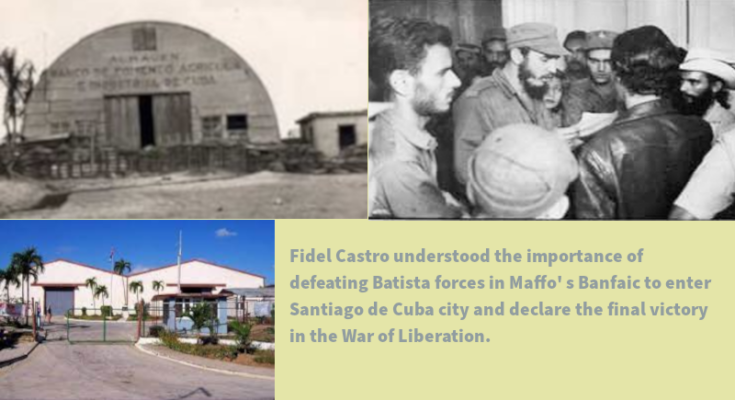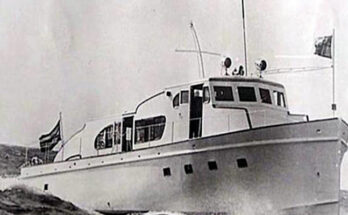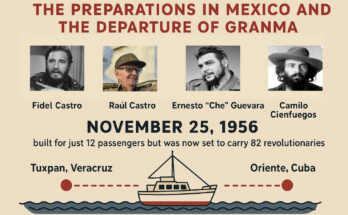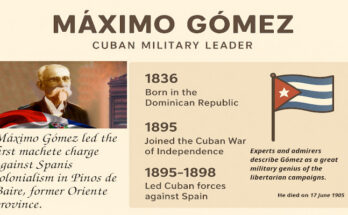The Battle of Maffo ends… From December 17 to 23, enemy aircraft missions continued to intensify, causing the greatest damage to the civilian population. On the 22nd a 500-pound bomb put an end to the lives of three innocent children.
On a day as important as December 24, the rebel command guaranteed to the besieged the Christmas Eve dinner and the possibility of sharing with relatives.
On the eve of December 27, the most intense actions against Maffo’ s Banfaic took place. In the last two days, the rebel command came close to using a tanker full of fuel to burn Banfaic, but it was not necessary to implement this action, as the enemy surrendered on December 30 at 17:30 hours. There was at least one killed, more than ten wounded and a commander, five lieutenants and 124 soldiers were taken prisoner. They were seized 134 weapons, thousands of cartridges and other means.
The Rebel Army had to mourn the loss of five valuable combatants: Humberto Hechavarría, Carlos Paneque, René Pérez, René Montes de Oca and Wilfredo Pagés. Another 20 were wounded.
Everything that happened in Maffo had much to do with the action and thinking of Commander in Chief Fidel Castro Ruz. He conceived the strategy and personally directed several actions of Operation Santiago, among them the siege and capture of this town. He was the strategist of the war in general, and also an eminent tactician. The former because he was the designer and conductor of the final rebel offensive at national level, in which all the forces of both the Sierra and the Llano took part, carrying out operations, campaigns and battles. And secondly, because he was the master and the example of how to tactically conduct the simplest attacks and combats, whether they were carried out by several men, a squad, a platoon, a column or several of them.
In the development of the entire National Liberation War, many leaders of fronts and columns stood out for their independence, organizational capacity, initiative and firmness of command; but, above all, Fidel’s performance stands out. His personal participation in the combats was very active; this was the case in Maffo. He was in the first line of fire, he gave indications to a particular combatant, he transmitted orders to the chiefs of different troops and fronts, he negotiated a surrender with the less or more important chiefs of the enemy.
Maffo Battle, key to Santiago de Cuba conquest
On the 18th, he met with commanders Juan Almeida and Raul Castro in La Rinconada, to coordinate missions regarding the subsequent capture of Santiago de Cuba; On the 27th, only minutes after he managed -very close to Maffo’s Banfaic, in the heat of the combat- that the captain of the tyranny, Sierra Talabera, surrendered the square of Palma Soriano, he was engaged in the detail of indicating to the artilleryman of the T-17 tank, which was being introduced in combat, the best way to use the few cannon shells they had. The following day he met, in the ruins of the Central Oriente, with Major General Eulogio Cantillo, chief of the 1st Military District.
With tenacity and heroism the rebel troops maintained the siege to the enemy in Maffo, under the implacable harassment of their mortars and aviation, until they managed to overcome their resistance. Another collective hero was protagonist of the victory: the people of Maffo.
When this bastion fell, there was not a single enemy force left between Bayamo and Santiago de Cuba. In this way, the imminent attack on the latter city was assured; however, other events were quickly precipitated and Santiago was also taken by the rebels; but, without having to give course to a decisive battle.




